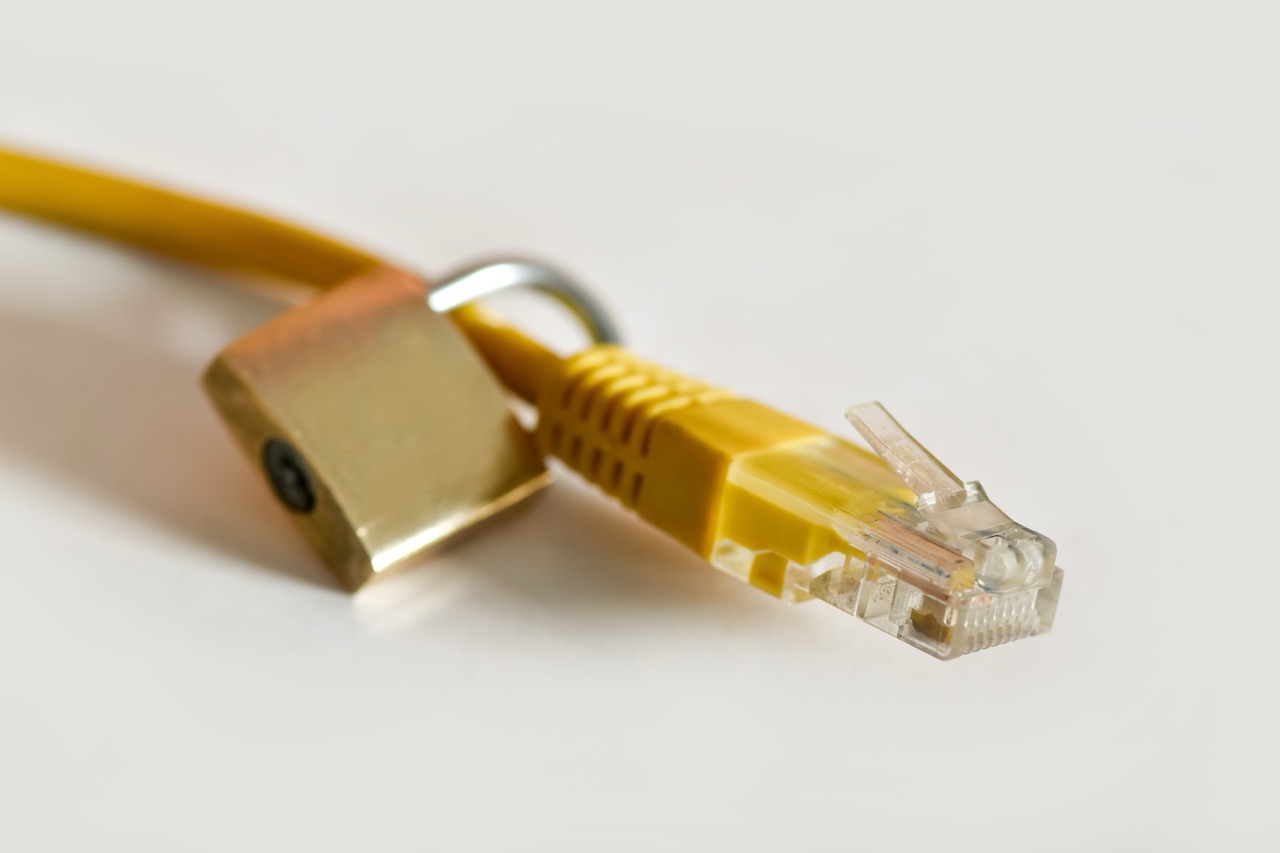Virtual Private Networks (VPNs) serve as crucial tools for maintaining online privacy and security. However, users may encounter various issues while using a VPN service. Understanding these common problems and their causes is essential for efficient troubleshooting. This article presents a structured approach to address common VPN issues, ensuring that users can enjoy a seamless and secure online experience.
Understanding Common VPN Issues and Their Causes
VPN users often experience a range of issues, including connectivity problems, slow speeds, and configuration errors. These issues can arise from multiple factors, such as network instability, outdated software, or incorrect settings. Identifying the root causes is the first step towards effective troubleshooting. For instance, server overloads or geographical limitations can hinder connection quality and speed, while firewalls and antivirus programs may inadvertently block VPN traffic.
Another common issue is IP address leakage. This occurs when a user’s real IP address is exposed while using the VPN, defeating the purpose of its privacy features. DNS leaks are also a prevalent concern, where DNS queries bypass the VPN tunnel, exposing browsing activity to external entities. Familiarity with these core problems can aid in pinpointing the specific issue a user might be facing, leading to faster resolutions.
Lastly, hardware limitations can contribute to VPN issues. Users operating on older devices may encounter performance bottlenecks that compromise VPN functionality. Additionally, network configurations, such as those set by Internet Service Providers (ISPs), can create barriers to effective VPN use. Understanding the interplay between these various factors is essential for users seeking to rectify their VPN-related challenges.
Verifying VPN Configuration Settings for Optimal Performance
Proper configuration is vital for ensuring that a VPN functions optimally. Users should begin by reviewing their VPN settings, ensuring that they are aligned with the recommendations provided by the VPN service provider. This includes verifying the VPN protocol in use, as different protocols offer varying levels of security and speed. For example, OpenVPN is widely recognized for its balance of performance and security, while protocols like L2TP/IPsec may be less efficient on certain networks.
Additionally, users should check the selection of the VPN server. Connecting to a server that is geographically closer often results in improved speeds and lower latency. Conversely, connecting to a distant server may degrade performance. Users can also experiment with different servers offered by their VPN provider to identify which one delivers the best connection quality. It is advisable to avoid congested servers, as they can lead to slower speeds and increased disconnections.
Lastly, ensuring that the VPN client is correctly configured to start on system boot and reconnect automatically in case of a dropped connection can help mitigate potential disruptions. Users should familiarize themselves with advanced settings, such as split tunneling, which allows them to choose which applications use the VPN while others connect directly to the internet. This can enhance performance and efficiency by prioritizing essential applications for VPN use.
Diagnosing Connectivity Problems with Your VPN Connection
Troubleshooting connectivity issues often starts with basic checks. First, users should verify their internet connection outside of the VPN to ensure that the problem isn’t with their network. A simple test, such as running a speed test or visiting a website, can help establish whether the issue lies within the VPN or the internet connection itself. If the internet works correctly without the VPN, the next step is to confirm that the VPN client is up to date.
Network configurations, including firewall settings or router configurations, can also contribute to connectivity issues. Users should ensure that the VPN is permitted through their firewall and that any router settings are appropriately configured to allow VPN traffic. This includes checking for port settings that might block the VPN protocol being used. In some cases, users may need to adjust their router settings or consult their ISP to ensure compatibility with the VPN service.
If troubleshooting continues to be unfruitful, users can consult their VPN provider’s support resources. Many providers offer troubleshooting guides specific to common problems, which can provide targeted solutions. Additionally, reaching out to customer support can yield helpful insights and assistance tailored to specific situations.
Resolving DNS Leaks and Ensuring Privacy Protection
DNS leaks can severely compromise the privacy that a VPN is designed to provide. Such leaks can occur when DNS requests are processed outside of the VPN tunnel, revealing a user’s browsing behavior to their ISP. To resolve DNS leaks, users should first configure their system to use the DNS servers provided by the VPN service. Most reputable VPNs offer dedicated DNS servers to prevent leaks, ensuring that all requests are routed securely.
Users can also utilize DNS leak testing tools available online to verify whether their VPN is leaking DNS requests. These tools can quickly determine if the real IP address or the ISP’s DNS servers are being exposed. If leaks are found, adjusting the VPN settings or switching to a more secure DNS protocol, such as DNS over HTTPS (DoH) or DNS over TLS (DoT), can enhance protection. These protocols encrypt DNS queries, providing an additional layer of security.
Lastly, maintaining updated VPN software is crucial for leak prevention. VPN providers frequently release updates that address security vulnerabilities, including those related to DNS leaks. Users should regularly check for software updates and apply them promptly, ensuring that their VPN service remains robust against potential leaks and vulnerabilities.
Troubleshooting Slow VPN Speeds and Latency Issues
Experiencing slow speeds while connected to a VPN can be frustrating and detrimental to productivity. Several factors contribute to this issue, including server load, distance, and the chosen VPN protocol. Users should first select a less congested server, as many VPN services display server load, allowing users to avoid heavily trafficked servers that can slow down their connection.
The choice of VPN protocol can also impact speed. Tunnel protocols such as IKEv2 or L2TP/IPsec might provide faster connections compared to OpenVPN in certain environments. However, users should weigh the trade-offs between speed and security, as some protocols offer more robust encryption than others. Testing different protocols via the VPN client settings can help users identify the optimal balance for their specific needs.
Finally, users should examine their local network conditions. Home networks, particularly those with multiple devices connected simultaneously, may experience bandwidth limitations. To mitigate this, users can try reducing the number of connected devices or scheduling heavy download tasks for off-peak hours. Additionally, conducting regular speed tests can help users monitor their VPN performance over time and take action when necessary.
Updating VPN Software and Drivers for Enhanced Stability
Regular updates to VPN software and related drivers are essential for maintaining optimal performance and security. VPN providers routinely release updates that enhance functionality, patch security vulnerabilities, and improve overall user experience. Users should enable automatic updates in their VPN clients wherever possible, ensuring that they benefit from the latest improvements without manual intervention.
Furthermore, network drivers on a user’s device can significantly affect VPN connectivity and performance. Outdated or corrupted network drivers may lead to connection failures or instability when using a VPN. Users should periodically check for updates to their network drivers through their operating system or the manufacturer’s website. Keeping drivers current can mitigate compatibility issues and enhance overall system performance.
In addition to software and driver updates, users should also stay informed about any changes made by their VPN provider. This includes updates on server locations, supported protocols, and service agreements. Understanding these changes allows users to adapt their VPN usage effectively and ensures that they are leveraging the best features offered by their provider.
Troubleshooting common VPN issues requires a comprehensive understanding of potential problems and proactive measures to address them. By verifying configuration settings, diagnosing connectivity issues, and staying current with software updates, users can significantly enhance their VPN experience. A well-functioning VPN not only enhances online privacy and security but also contributes to a seamless digital experience. Through diligent troubleshooting and a commitment to maintaining optimal settings, users can maximize the benefits of their VPN service.










